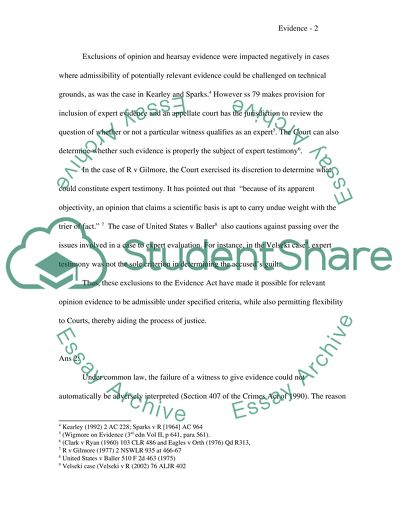Cite this document
(“The Problem of Increasing Litigation Costs Case Study”, n.d.)
The Problem of Increasing Litigation Costs Case Study. Retrieved from https://studentshare.org/law/1536996-evidence-mini-essays
The Problem of Increasing Litigation Costs Case Study. Retrieved from https://studentshare.org/law/1536996-evidence-mini-essays
(The Problem of Increasing Litigation Costs Case Study)
The Problem of Increasing Litigation Costs Case Study. https://studentshare.org/law/1536996-evidence-mini-essays.
The Problem of Increasing Litigation Costs Case Study. https://studentshare.org/law/1536996-evidence-mini-essays.
“The Problem of Increasing Litigation Costs Case Study”, n.d. https://studentshare.org/law/1536996-evidence-mini-essays.


